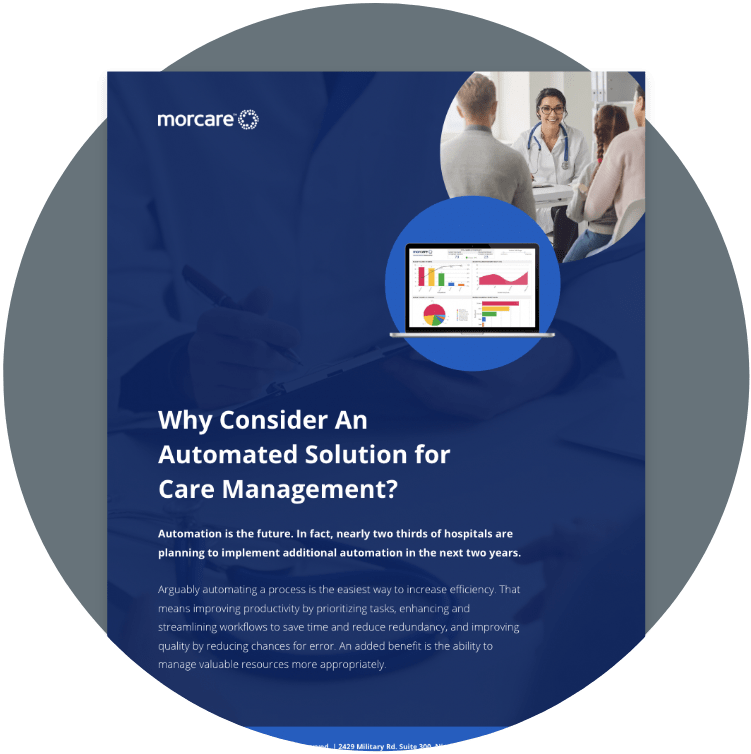Discharge planning is a critical aspect of healthcare that significantly influences patient outcomes. Ensuring a smooth transition for patients from hospital to other care settings with a systematic approach.Ensuring a smooth transition for patients from hospital to other care settings with a systematic approach. This process is pivotal not only in reducing hospital readmissions but also in enhancing overall patient satisfaction.
In this guide, we will explore the key components of an effective discharge planning checklist, emphasizing a patient-centric approach and the importance of clear communication.
Key Components of a Discharge Planning Checklist
When crafting a discharge planning checklist, it’s essential to cover various crucial aspects to guarantee a smooth transition for the patient. Begin by collecting comprehensive patient information, including contact details, medical history, and current medications. Effective communication is the linchpin, necessitating clear channels between healthcare providers, patients, and their families. The checklist must also focus on medication management, ensuring patients understand their post-discharge medications through a meticulous reconciliation process.
Scheduling and coordinating follow-up appointments is another integral component, encompassing both specialist visits and primary care physician follow-ups. Additionally, evaluating the need for home care services, such as physical therapy or nursing care, ensures a holistic approach to post-discharge care. The checklist should culminate in patient education, offering detailed information on post-discharge care, including potential red flags for complications and any necessary dietary modifications.
Creating a Personalized Discharge Plan
Recognizing the uniqueness of each patient is paramount when tailoring a discharge plan. Consider individual preferences, lifestyle, and cultural or linguistic factors to create a plan that resonates with the patient’s needs. Active involvement of the patient and their family in the planning process is crucial for a successful and personalized discharge plan. Empowering them with information fosters a sense of responsibility and ensures a more effective transition.
Implementation of the Discharge Plan
Coordination between healthcare providers is fundamental for a seamless transition of care. This involves sharing pertinent information between the hospital and post-acute care providers to guarantee continuity. By utilizing technology such as electronic health records and communication platforms, we can improve coordination and communication. Healthcare providers can remotely monitor patients’ progress after discharge.
Addressing Potential Challenges
Identifying common obstacles in the discharge planning process is essential to develop effective strategies. Limited resources, patient non-compliance, and communication barriers are challenges that healthcare professionals often encounter. Collaborative problem-solving approaches and providing additional support and resources can help overcome these challenges, ensuring the success of the discharge plan.
Continuous Improvement
To ensure the effectiveness of discharge planning, feedback mechanisms are crucial. Gather input from both patients and healthcare providers to understand what worked well and areas that may need improvement. Treat discharge planning as an iterative process, updating and refining the checklist based on feedback and staying informed about best practices in patient transitions. Continuous improvement is key to adapting to evolving healthcare landscapes and providing optimal patient care.
Prioritizing Patient-Centric Discharge Planning
In conclusion, effective discharge planning is a cornerstone of patient-centered healthcare. Prioritizing the key components outlined in this guide ensures a holistic approach to patient transitions, reducing readmissions and enhancing overall satisfaction.
As healthcare providers, our commitment to continuous improvement and personalized care guarantees that each patient receives the attention and support they need for a seamless transition. Contact us today to learn more about optimizing discharge planning and improving patient outcomes.

